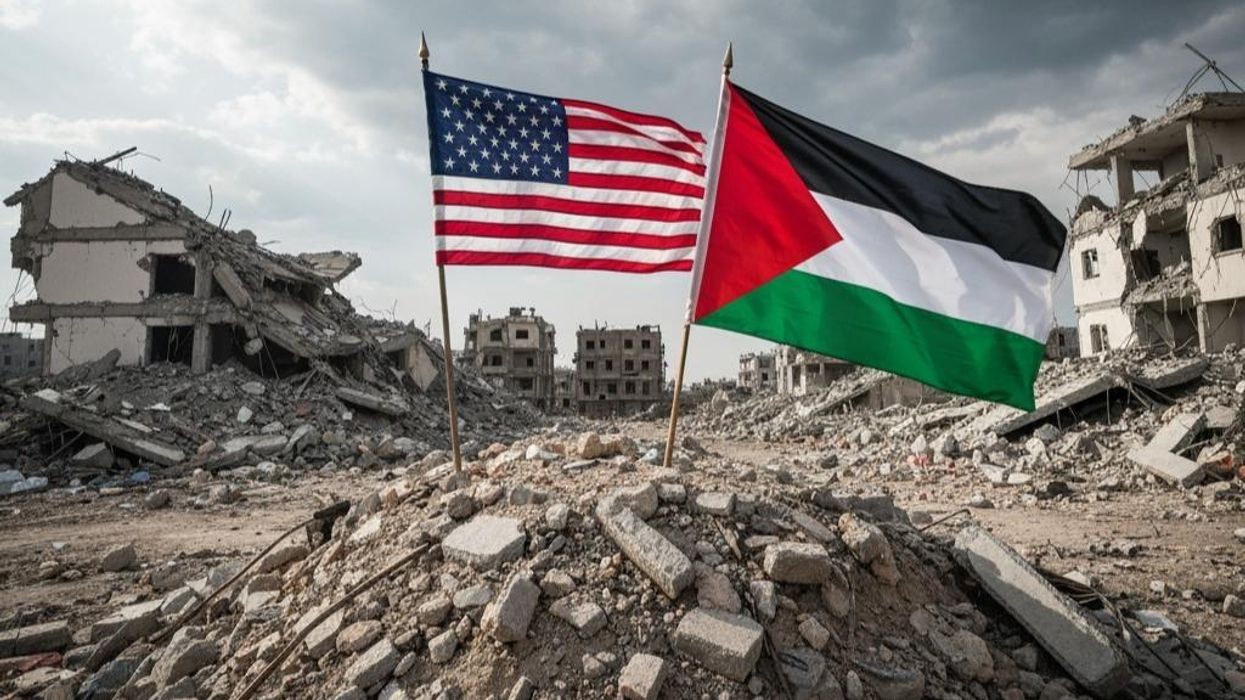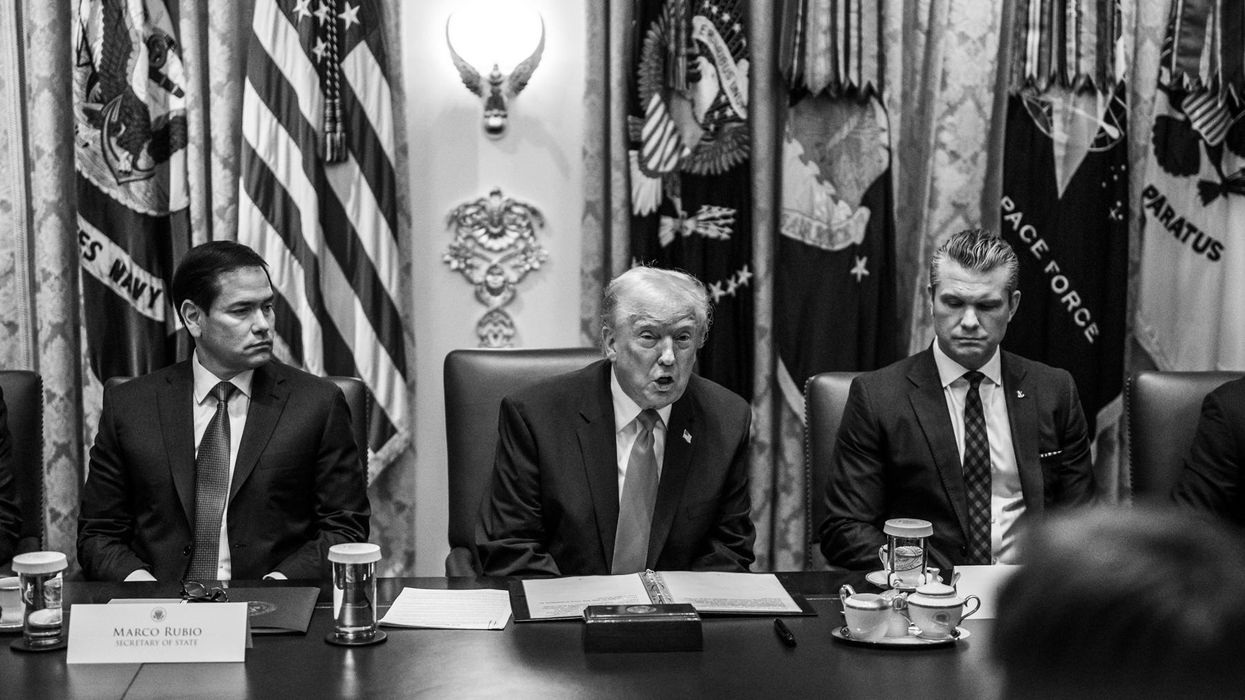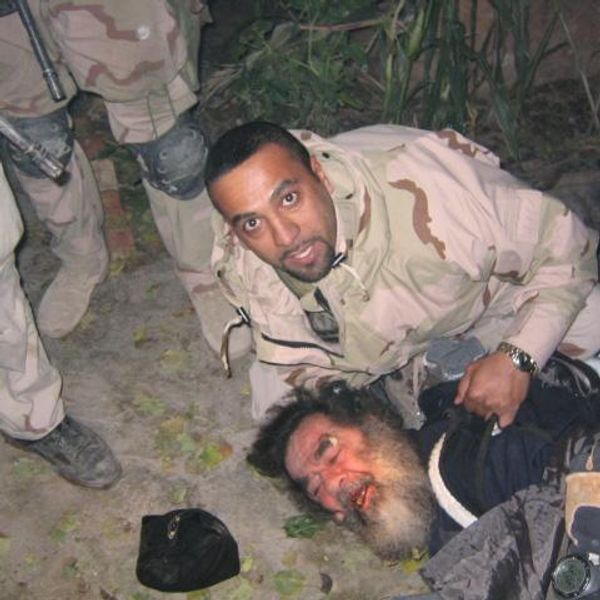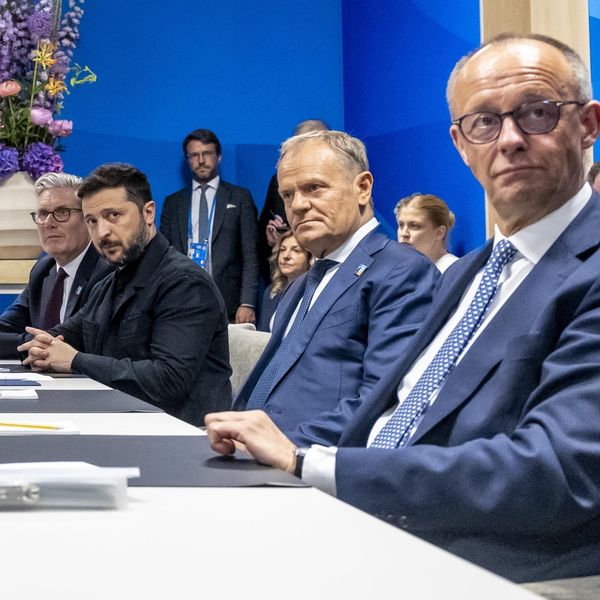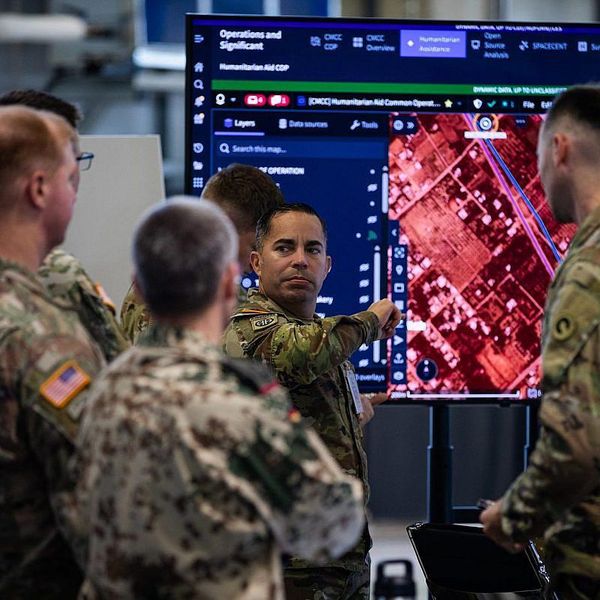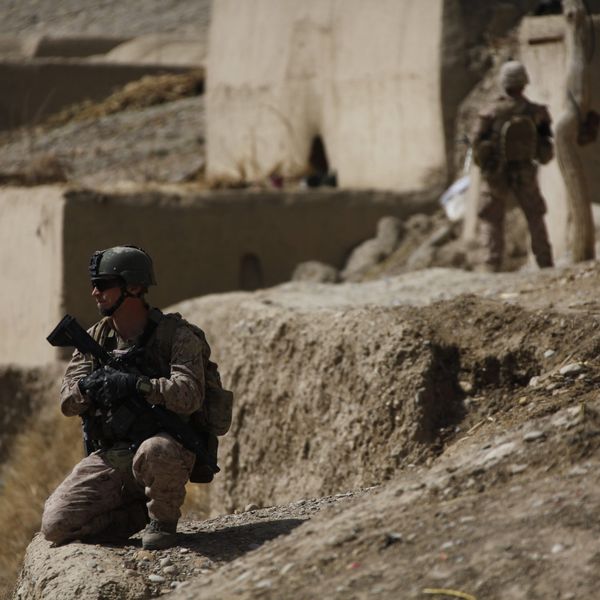Several parties to the 2015 Iran nuclear deal (Joint Comprehensive Plan of Action or JCPOA) have engaged in actions that threaten to undermine the agreement. The Iranians have now undertaken five calculated breaches of their commitments. In response, the European signatories France, Germany, and the United Kingdom (“E3”) temporarily triggered the deal’s dispute resolution mechanism (DRM) on 14 January 2020. The loss of trust between the three European states and Iran is very clear — the Europeans have attempted to play a mediating role vis-à-vis the United States, which withdrew from the JCPOA in 2018, but in Iran’s view have not done enough to preserve the benefits it was promised under the deal.
Moreover, France, Germany and the United Kingdom have lost their face-saving capacity which will be required to get the Iranians to the table. All of this is happening while the U.S. continues to escalate its sanctions pressure against Tehran, with the ostensible goal of getting the Iranians to the table to negotiate a new deal. From Washington's point of view, two other topics should be discussed in addition to Iran’s nuclear program: its missile programs and its destabilizing external behavior.
Credible new actors
A lot is at stake. New actors and an expanded discussion format are needed to reduce tensions, to account for U.S. concerns, and to maintain the substance of the agreement. In terms of new actors, Austria, Finland, and Switzerland could provide important diplomatic support (“good offices”). None are encumbered by previous association with the JCPOA. On the diplomatic stage, they are recognized as experienced, credible, and honest top-class brokers. These “New 3” are also Europeans.
Switzerland is not a member of the European Union, but it does represent U.S. interests in Iran. Their political advantage compared to Germany, France, and the U.K. is in their lower profile, which could make them seem less threatening to U.S. President Donald Trump — though all three would need to resist any attempts at economic blackmail from the United States.
An important first symbolic step would be for Austria and Switzerland to join the Instrument in Support of Trade Exchanges (INSTEX) that France, Germany, and the U.K. established last year to facilitate trade between Europe and Iran by circumventing U.S. sanctions.
Fresh ideas
The “New 3” are neither there to “fill in” the deficits of the three European members of the JCPOA, nor to carry out a parallel foreign policy agenda. The momentum of new EU Foreign Policy High Representative Josep Borrell needs to be coordinated and enriched with fresh ideas. All agree that they are opposed to increased hostility from Washington. Overall, the European position must be visibly strengthened and expanded. The “New 3” will only be heard if they — with all obvious limits — have a recognizable added value to offer.
The “New 3” could bring a renewed push to deescalate tensions. The ”E3” pulled the ripcord on their decision to invoke the DRM in early February by suspending the mechanism that would most likely have led the dispute to the United Nations Security Council and thus to the reimposition of international sanctions against Iran.
Despite their breaches of the JCPOA’s terms regarding uranium enrichment, the Iranians continue to allow the controls and inspections of the International Atomic Energy Agency without restrictions, apparently until just recently. The agreement is currently hanging by this thread. Both sides looked into the abyss and are afraid of the measures they have themselves undertaken. But does this look like conflict management? A coolly calculated procedure by the “E3” cannot be granted. The most urgent role of Austria, Finland, and Switzerland would therefore be as a corrective to the course the "E3" has chosen.
Bern, Helsinki, and Vienna could also act as face-saving relay stations between the JCPOA parties for the purposes of confidence-building. For example, they could be the ones to suggest to the Iranians that their expectations of the Europeans cannot be met structurally under the conditions that have been created by the Trump administration — in other words, that it is impossible for the “E3” to find a way to allow Tehran to continue selling oil despite U.S. sanctions.In addition, Bern, Vienna, and Helsinki could be asked to provide a confidential discussion framework in their capitals for official contacts between the main counterparts. The importance of this function, similar to the role Oman played in the preparatory talks between Iran and the U.S. that led to the JCPOA, cannot be overestimated in the current difficult situation.
A broader scope
There are two avenues for expanding the scope of the discussion format beyond Iran’s nuclear program. First, the JCPOA, with all its unprecedented requirements in the nuclear field, serves as a kind of “nuclear-weapon-free zone” agreement for Iran. At the upcoming Review Conference of the Nuclear Non-Proliferation Treaty (NPT) in New York, it would be a leap forward if the JCPOA, with the help of the Iranians, became the model for talks on the Middle East-wide nuclear weapons-free zone that has been sought for decades, without results.
Second, the “New 3” could play a pioneering role for an innovative path on Iran’s missile program that encourages discussion in Tehran, in order to compensate for the failure of the “E3” to protect Iran’s benefits under the JCPOA. Iran will sooner or later have to include its missile programs in diplomatic talks simply because of Washington's demands. However, the proposals from Europe on this issue lack an understanding of the historically determined central role of ballistic missiles in Iran's military strategy. Tehran's missile arsenal cannot be seen in isolation from the region's political constellations and military dynamics. This is where the arsenals of Iran's main opponents, Saudi Arabia and Israel, come into play, in addition to the U.S. military presence.
It therefore makes sense to refrain from focusing exclusively on Iran's capacities in this area and to pursue a regional approach that also includes the capacities of these two main opponents and thus increases the number of actors (Iran's ally Syria should also be part of this setting). The discussion format is thus not only thematic, but also expanded to include important regional players. In short, no stone should be left unturned to save the nuclear deal with Iran, including the involvement of more parties and a broader scope for negotiations.


